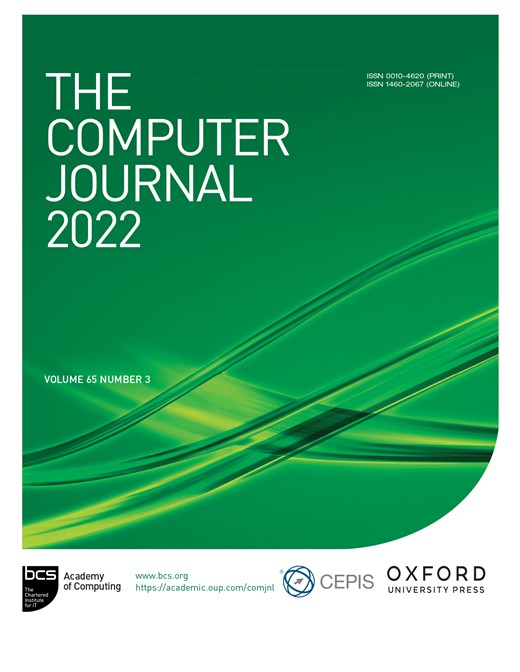-
Views
-
Cite
Cite
Xiaoying Sun, Chen Zhang, Guohong Liu, Improved Tactile Perception of 3D Geometric Bumps Using Coupled Electrovibration and Mechanical Vibration Stimuli, The Computer Journal, Volume 65, Issue 3, March 2022, Pages 621–630, https://doi.org/10.1093/comjnl/bxaa091
Close - Share Icon Share
Abstract
At present, the tactile perception of 3D geometric bumps (such as sinusoidal bumps, Gaussian bumps, triangular bumps, etc.) on touchscreens is mainly realized by mapping the local gradients of rendered virtual surfaces to lateral electrostatic friction, while maintaining the constant normal feedback force. The latest study has shown that the recognition rate of 3D visual objects with electrovibration is lower by 27|$\%$| than that using force-feedback devices. Based on the custom-designed tactile display coupling with electrovibration and mechanical vibration stimuli, this paper proposes a novel tactile rendering algorithm of 3D geometric bumps, which simultaneously generates the lateral and the normal perceptual dimensions. Specifically, a mapping relationship with the electrostatic friction proportional to the gradient of 3D geometric bumps is firstly established. Then, resorting to the angle between the lateral friction force and the normal feedback force, a rendering model of the normal feedback force using mechanical vibration is further determined. Compared to the previous works with electrovibration, objective evaluations with 12 participants showed that the novel version significantly improved recognition rates of 3D bumps on touchscreens.




